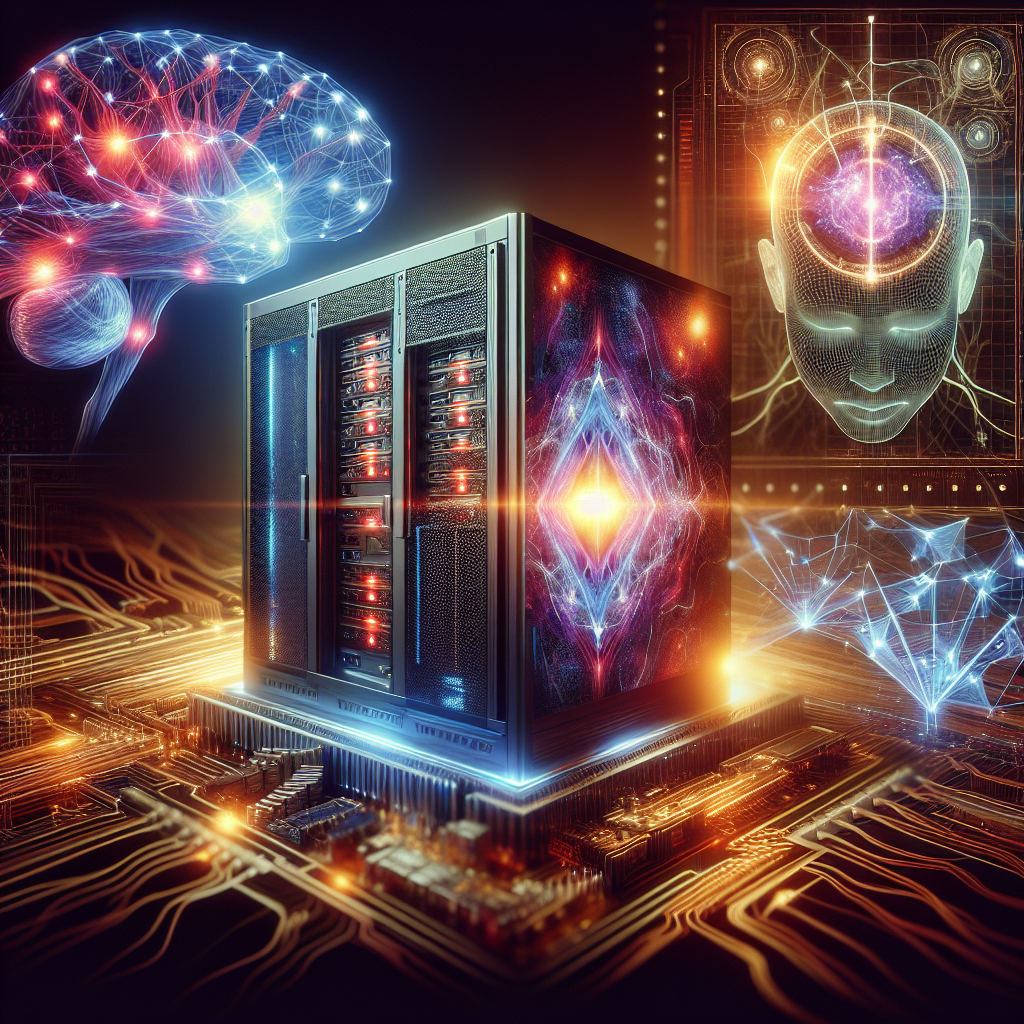The Impact of High-Performance Computing on Artificial Intelligence and Machine Learning
High-performance computing (HPC) has revolutionized the field of artificial intelligence (AI) and machine learning (ML) by providing the computational power necessary to process massive amounts of data and train complex models. The combination of HPC and AI/ML has led to groundbreaking advancements in various industries, from healthcare to finance to transportation.
One of the key impacts of HPC on AI and ML is the ability to process and analyze vast amounts of data in real-time. With the increasing amount of data being generated every day, traditional computing systems are no longer sufficient to handle the volume and complexity of data required for AI and ML applications. HPC systems, on the other hand, are designed to handle large-scale computations quickly and efficiently, enabling AI algorithms to process data at lightning speed.
Furthermore, HPC allows for the training of more complex AI models that require extensive computational resources. Deep learning, a subset of AI that mimics the human brain’s neural networks, has gained popularity in recent years for its ability to learn and adapt from large datasets. However, training deep learning models on conventional systems can be time-consuming and resource-intensive. HPC systems, with their parallel processing capabilities, can significantly reduce the time required to train these models, allowing researchers to experiment with more complex architectures and improve model accuracy.
In addition to training models, HPC also plays a crucial role in deploying AI and ML applications at scale. Once a model has been trained, it needs to be deployed on a production system to make predictions in real-time. HPC systems can handle the high computational demands of running these models in production, ensuring that applications can respond quickly to user inputs and provide accurate results.
The impact of HPC on AI and ML extends beyond just improving performance; it also opens up new possibilities for solving complex problems. For example, researchers are using HPC to simulate biological processes, optimize energy efficiency, and predict natural disasters. By combining the power of HPC with AI and ML techniques, researchers can uncover insights and patterns in data that were previously impossible to detect.
Overall, the integration of high-performance computing with artificial intelligence and machine learning has transformed the way we approach data analysis and decision-making. With HPC, researchers and developers can push the boundaries of what is possible in AI and ML, leading to exciting new advancements and applications in a wide range of industries. As HPC technology continues to advance, we can expect even greater breakthroughs in AI and ML that will shape the future of technology and society.


